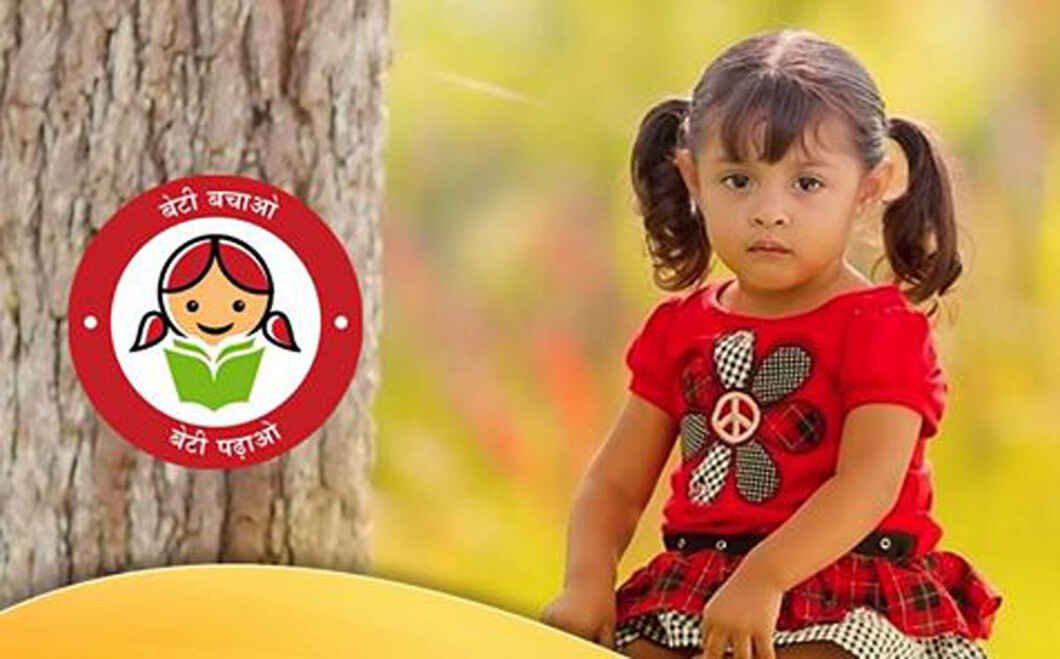The Government of India has introduced various schemes to uplift and safeguard the interests of the girl child. The objective is to eliminate gender disparity, promote education, and ensure the financial security of young girls.
Here are the prominent govt schemes for girl child, focusing on both financial security and educational support.
Beti Bachao Beti Padhao Scheme
One of the most notable schemes, the Beti Bachao Beti Padhao (BBBP) Scheme, was launched in 2015 to address the declining child sex ratio and empower girl children through education. The scheme operates on a pan-India level.
Components:
- Mass Communication Campaigns: To spread awareness about the importance of educating the girl child and discouraging gender bias.
- Multi-Sectoral Interventions: Aimed at improving healthcare and educational infrastructure for girls.
Sukanya Samriddhi Yojana (SSY)
The Sukanya Samriddhi Yojana is a small savings scheme backed by the Indian government, specifically for the parents of a girl child. This scheme offers higher interest rates and tax benefits under section 80C of the Income Tax Act.
– Minimum Deposit: ₹250
– Maximum Deposit: ₹1,50,000 per annum
– Interest Rate: Around 7.6% per annum (as of 2023), compounded annually
– Tenure: 21 years from the date of opening the account or until the girl gets married after the age of 18
Example Calculation:
A yearly deposit of ₹50,000 for 15 years at an annual compound interest rate of 7.6% will amount to approximately ₹15,69,158 at maturity (21 years).
Balika Samridhi Yojana
Launched in 1997, the Balika Samridhi Yojana aims to provide financial assistance to the girl child from birth until she completes her secondary education.
Benefits:
– Initial Post-birth Grant: ₹500
– Annual Scholarships: Ranging from ₹300 to ₹1,000 per annum for studies up to Class X
Ladli Scheme (Delhi and Haryana)
The Ladli Scheme aims to improve the status of the girl child within the family and society and enhance her social status by incentivizing her education.
– Eligibility: Girl children born on or after January 1, 2008, to families with an annual income of less than ₹1,00,000.
– Incentives: Periodic financial incentives are provided, totaling up to ₹1,00,000 cumulatively.
CBSE Udaan Scheme
The CBSE Udaan Scheme focuses on encouraging girl students to join prestigious engineering colleges in India. The scheme provides free online resources and scholarships.
Key Features:
– Free study materials for Classes XI and XII
– Weekly Assessments and Monitoring
– Financial Assistance: Provision for financial aid in certain cases for pursuit of higher education in technical streams
National Scheme of Incentive to Girls for Secondary Education (NSIGSE)
Managed by the Department of School Education and Literacy, the NSIGSE is aimed at encouraging the enrollment of girl children in secondary education, particularly those belonging to the SC/ST communities.
Provision:
– Financial Incentive: ₹3,000 is transferred to the girl’s bank account, which can be accessed only after attaining 18 years of age and passing Class X examinations.
Disclaimer
Investing in government schemes involves evaluating various aspects such as return rates, financial goals, and risk factors. Investors are advised to assess all pros and cons before deciding to invest in any scheme. The information presented is based on the latest available data and may be subject to changes as per government policies.
Summary
India offers numerous government schemes aimed at securing the future of girl children. Prominent among these are the Beti Bachao Beti Padhao Scheme and Sukanya Samriddhi Yojana, which aim to tackle gender disparity and provide financial and educational support to the girl child respectively. Schemes like Balika Samridhi Yojana and Ladli Scheme offer financial incentives from birth to secondary education. The CBSE Udaan and NSIGSE schemes are focused on higher education, especially for underprivileged and minority communities. It is crucial for investors to thoroughly understand these schemes, including their benefits, eligibility criteria, and financial implications, to make informed decisions.
Further details about these schemes can be obtained from official government portals and financial advisors. The goal remains consistent across all schemes: to empower the girl child and to ensure that every girl in India receives the due support for a bright and secure future.



